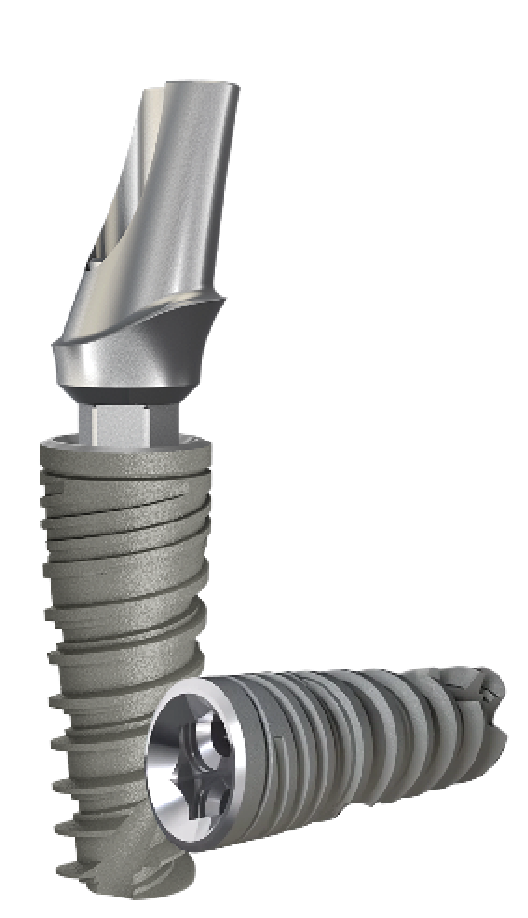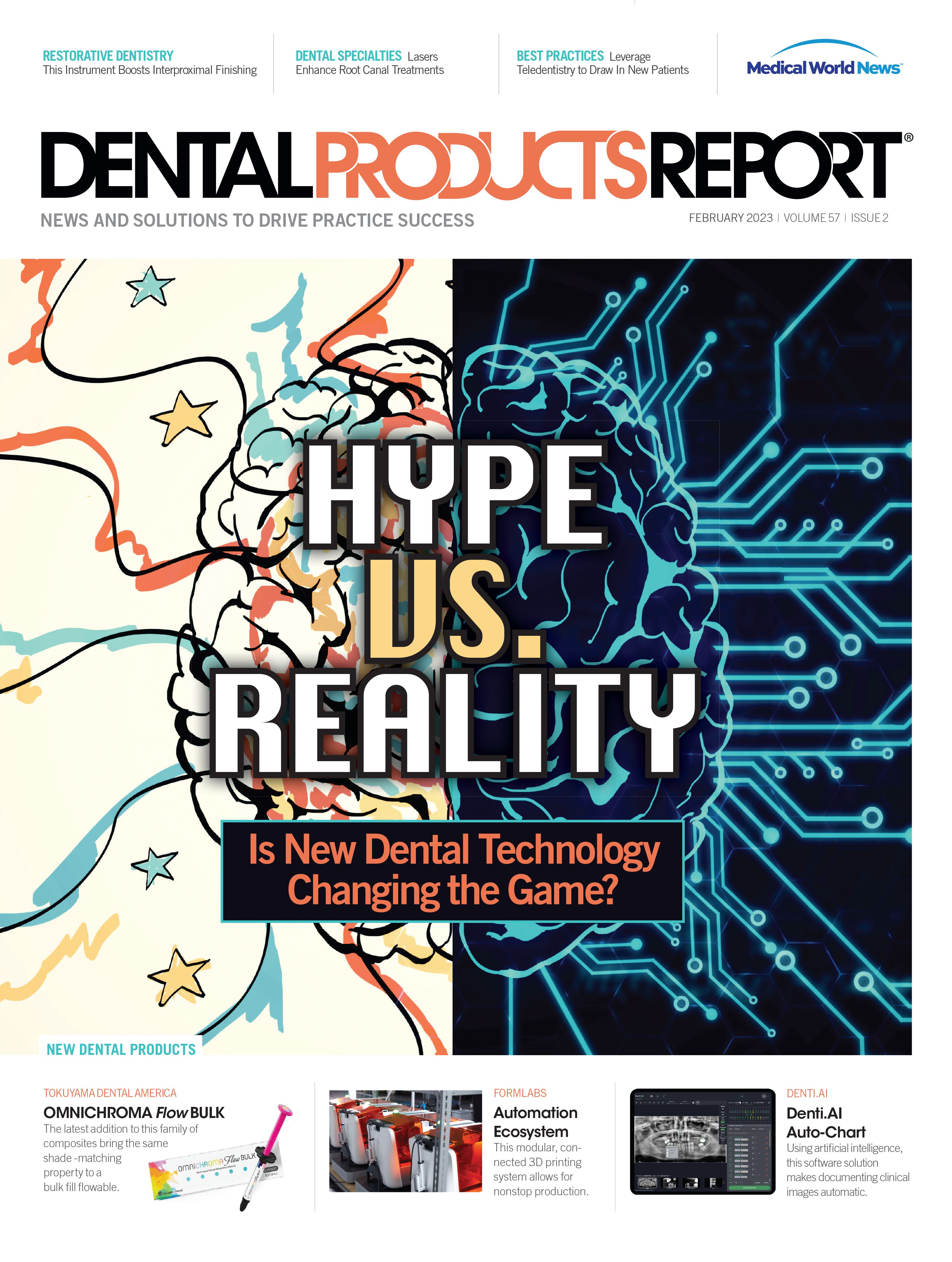Let’s Learn What Drives the Implant Practice
Ditron Dental USA uses precision engineering to improve dental implants and help combat peri-implant disease.

What do a Ferrari and Ditron Dental USA implants have in common? They both benefit from the same world-class precision engineering that has created and maintained a reputation of excellence in their respective fields. I sat down with Ditron Dental USA’s Michael Stevens, CEO and cofounder, and David Lee Howell, vice president of sales, to discuss the momentum that happens when precision engineering meets implantology.
Lou Shuman, DMD, CAGS: Tell us about the legacy behind Ditron Dental USA.
David Lee Howell: Ditron Precision, one of the top aerospace and automotive manufacturing companies in the world, has been around since 1967, making critical parts for companies including Ferrari, Jaguar, Tesla, Maserati, Mercedes-[Benz], Aston Martin, NASA, and Formula 1, to name a few. Around 2014, [Italian prosthodontist] Matteo Danza decided to harness that precision to improve on an implant he had worked on that already [had] a history of success.
Michael Stevens: A few years later, Ole Jensen, DMD, MS, and I shared a vision to create the first-of-its-kind, doctor-driven dental company. We wanted next-generation products created by dentists at the highest level of implant dentistry, not by an engineer who doesn’t know dentistry. Our knowledgeable and creative clinical advisory provides feedback and helps us continue to develop this product based on critical issues such as avoiding peri-implant disease.
LS: How is Ditron different on a clinical level?
MS: We are 1 of 3 companies in the world that can manufacture titanium to a submicron level. One of the most crucial aspects of avoiding peri-implant disease is the intimacy of fit between the abutment and the implant. At Ditron, we call that the MolecuLock™ connection. With Ditron Dental implants, there is no microgap between the abutment and the implant.
DLH: Another challenge of the implant practice is preserving marginal bone and soft tissue. This is addressed by the reverse concave neck that puts less pressure on the crestal bone. The tapered shape and microgrooves also reduce pressure to the cortical bone, providing atraumatic contact.
MS: Also, Ditron implants are designed to streamline efficiencies, meaning fewer parts, pieces, and tools to keep on their shelf.
DLH: Both our MPI [Molecular Precision Implant] and ULT [Ultimate Precision Implant] have a single connection where the abutment and the implant attach. That means 1 impression post, 1 digital scan body, and 1 analog scan that all work together. You don’t have to stock multiple sizes. Even if you are working on full arch, you only have to stock 1 type of multiunit abutment, keeping costs and inventory down. Our lab partners love this. We have variety in many other ways. The MPI is our smallest size (3.3 mm) with the Ultimate starting as small as 3.75 mm all the way up to a 6.0 mm implant. We also have a digital protocol with workflow in exocad and 3Shape and 3 milling centers that will build custom-type abutments.
LS: How does Ditron get involved on a nonclinical level, and why?
MS: The implant space is growing. Implants represent[ed] $3 billion in North America in 2019, which is growing between 10% and 15% per year. [Approximately] 50% of the implants here in the United States are being placed by general dentists. There is so much opportunity there.
DLH: We care about growing our [clients’] practices. We ask about their goals: “If this year you’re placing 100 implants, how many do you want to place next year?” We’re not just asking; we have vehicles to help dentists reach those goals. For example, the average dental practice has $1 million of possible treatments in the charts that have been suggested to the patient but not yet accepted. After identifying potential patients through a chart audit, we suggest a conversation to determine what it would take to help the patient start treatment. Maybe it’s a discount, maybe a better understanding of the procedure, maybe both. If the dentist is interested in learning about full-arch cases, we can educate them about that.
We also involve the team and front office to maximize potential and approach patients in the right way. In the very near future, we expect to launch a program called Implants 360™ to help our [clients] add value by getting the whole practice excited and involved in expanding the implant part of the practice.
LS: What does the future hold for Ditron Dental?
MS: Implant visionaries created one of the most iconic implants in the market. Right now, we are working on a solution that will prevent or eliminate peri-implant disease. And the future will bring even more improvements. I’m the CEO of Ditron Dental, but I’m also the CEO of Jet Investment Holdings, created by dentists [and] for dentists to take several emerging and disruptive technologies to market. Of course, we’re running a business here. But we want to do something even bigger. We want to leave something behind for generations to come that will make a huge impact [on] patients’ lives. That’s the goal.

ACTIVA BioACTIVE Bulk Flow Marks Pulpdent’s First Major Product Release in 4 Years
December 12th 2024Next-generation bulk-fill dental restorative raises the standard of care for bulk-fill procedures by providing natural remineralization support, while also overcoming current bulk-fill limitations.